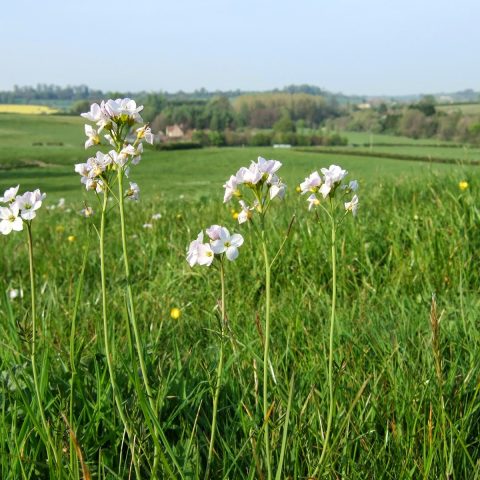Our story
Co-forest was born in 2020, launched with the mission to bring companies together to ‘co-forest’ - to come together and lead by example; planting their very own forest legacy.
The project came about when our founders struggled to find a local, transparent reforestation initiative that did everything they wanted to see: planted native woodland, on appropriate land, with appropriate biodiversity surveys, making it accessible to people for wellbeing, and contributed to public understanding of the biodiversity and climate crises. Many existing projects took place without transparent information on how land was acquired, or how planters were recompensed for their time, or how trees would be managed and maintained after planting.
Our founders decided that if they were struggling to find this information then others would be too, and set up Co-forest so that the companies investing in reforestation projects could shape how those projects were run and be actively involved in all aspects.
It is essential to us that Co-forest is an exemplar in the reforestation space - we actively work in partnership with experts in the sector to ensure we always take a research-informed approach and that our projects benefit nature, the climate and the people who live in our communities. We are grateful to the Woodland Trust and Forest of Avon Trust for their ongoing advice and support.
Our first project was Co-forest: Acorn, located near Almondsbury in North Bristol. This site was planted between November 2021 and Spring 2023, over 30 planting days during which our Co-forester volunteers donated 3000 hours of their time and helped us plant 10,000 trees across 11 acres of land. Our supporters and volunteers continue to come back and visit the site and now have a meaningful legacy for life for either themselves, families or businesses.
The huge wins from this site so far, beyond the phenomenal survival rates of the trees given some very hot dry summers, have been the creation of habitat for a wide range of species. We have nurtured rich meadowland while the trees are still small, with a wide variety of plants that attract bees, butterflies and other pollinators - and as the trees grow the open rides and woodland edges will continue to provide this habitat. This work won us a Bee Bold award from the West of England Combined Authority in 2023. We have also worked to put in a variety of different bird boxes to encourage birds of prey, we have recorded snipe nesting in the wetland areas, and a large increase in small mammals.
Co-forest is featured on a recent episode of the Carbon Copy Podcast. Listen to All Nature: Positively Buzzing to learn more!
Our advice
- When planting woodland, diversity gives you strength. The more diversity you have, the less easy it is for tree diseases to spread, and if they do spread (such as ash dieback) you don’t risk losing too high a percentage of your canopy. Diversity of tree species also provides more variety of habitat, and gives greater protection to the risks of climate change.
- The right tree in the right place is a often repeated mantra for a reason - its essential. And we’d extend this to considering that not all spaces are suitable for trees at all. Planting on certain grassland, peatland or wetland can do more damage than harm, and planting on high yield cropland can undermine food security. Planting must be a carefully considered process.
- Volunteers gain so much from getting involved in a project like Co-forest. There are the obvious benefits such as nature connection and the sense of having left a legacy, but there are also significant wellbeing benefits from being part of a community, from being outdoors doing physical work, and benefits to the wider community from greater understanding and awareness of the challenges faced by our wildlife in a changing climate.
Our metrics
- The number of acres of sustainably planted woodland created
- The number of people engaged in the Co-forest project as a whole, whether in planting, ongoing maintenance and care, or wider wildlife conservation activities.
- The amount of wider engagement our team and volunteers do with schools, community groups and local organisations to raise awareness of the biodiversity and climate crises and the impact we expect to see at a local level, and practical actions individuals can take.






